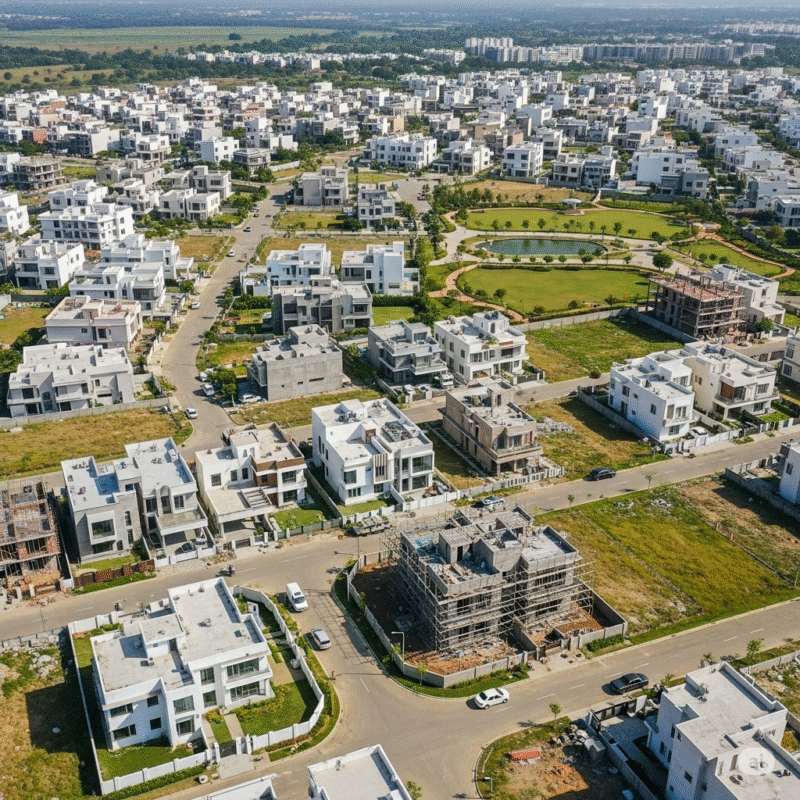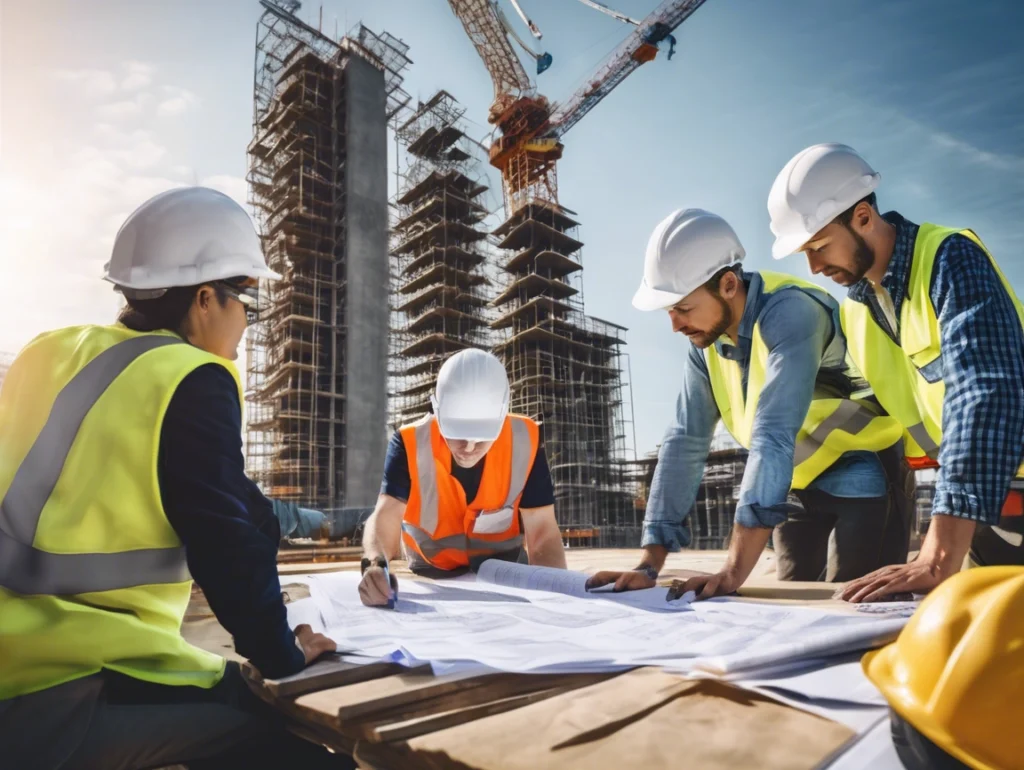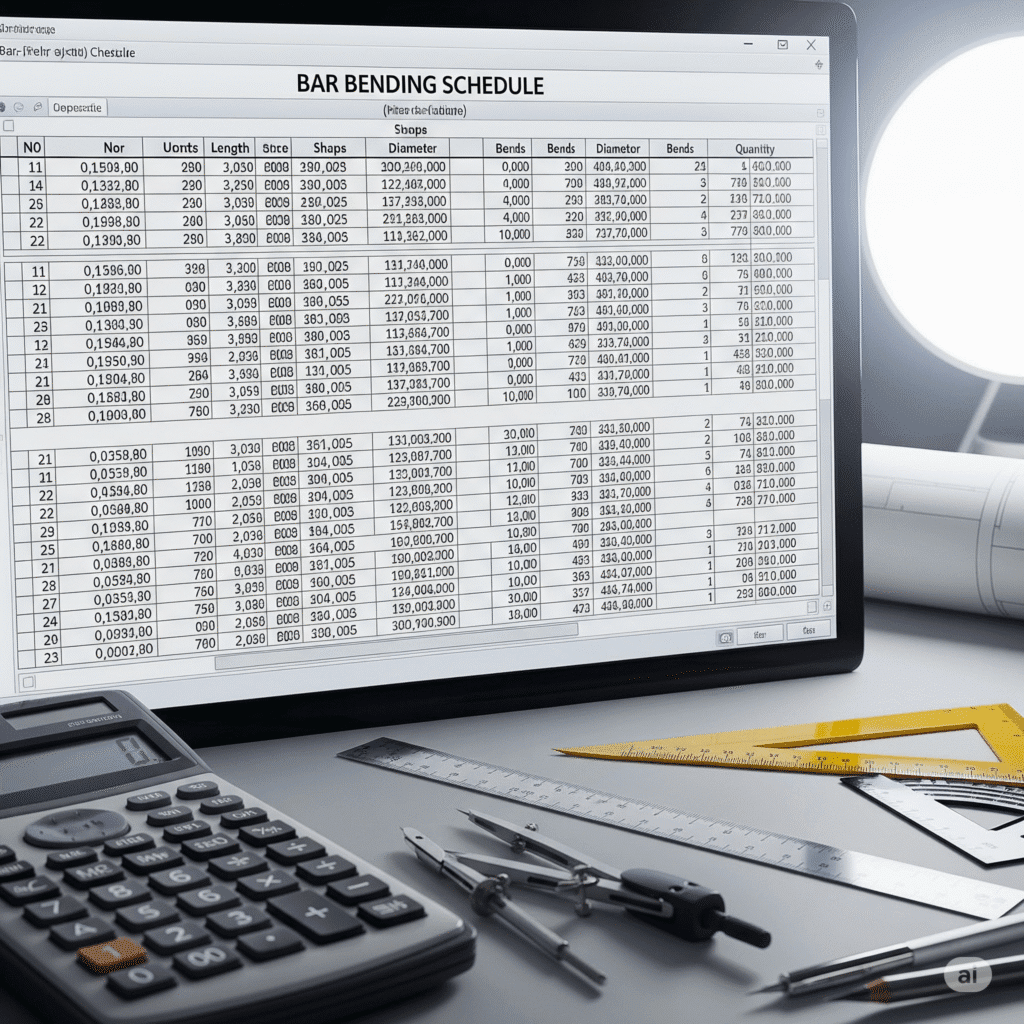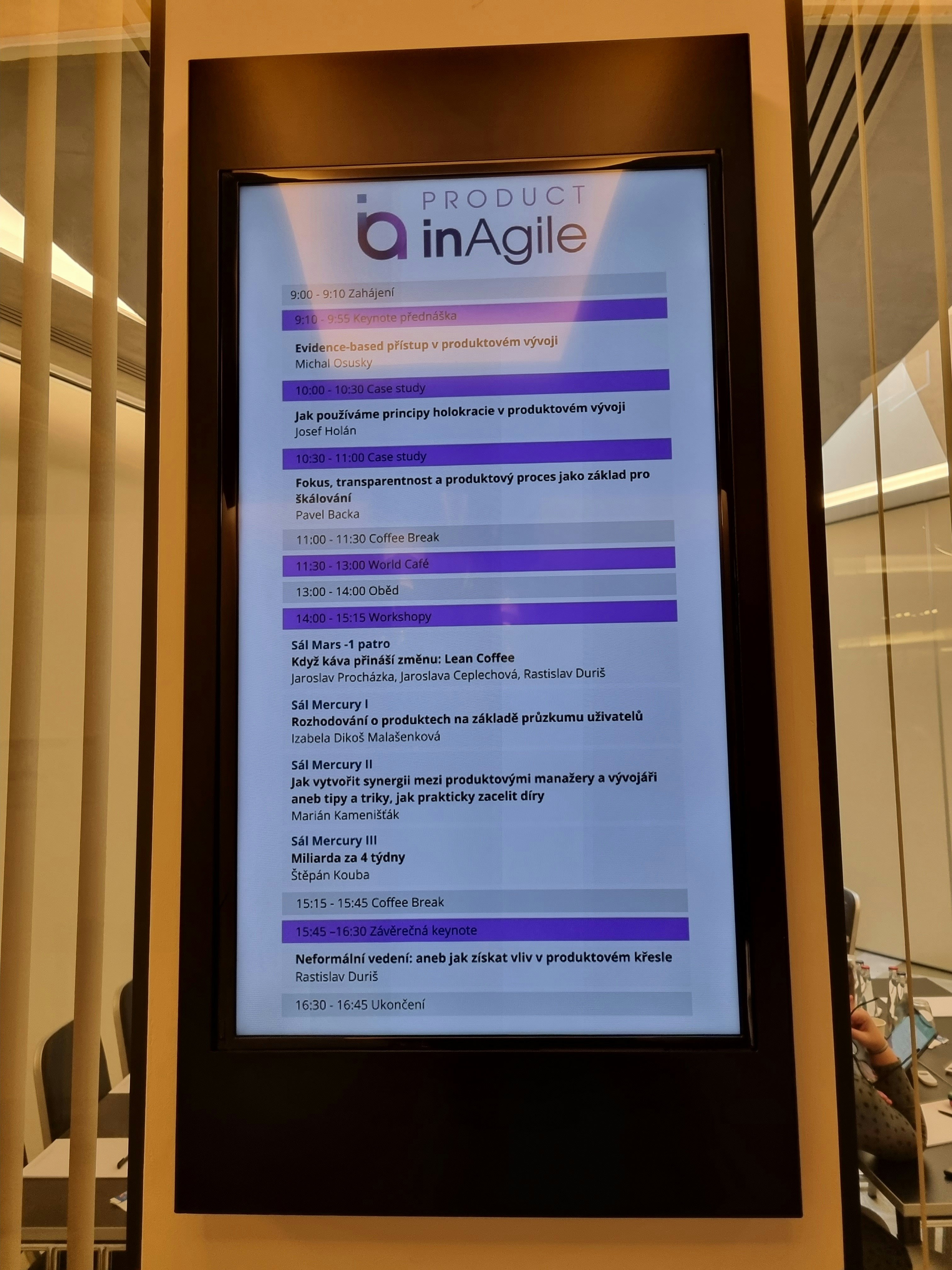Introduction
Selecting the perfect plot for your dream home is one of the most crucial decisions in your real estate journey. In India’s complex property landscape, this choice involves navigating legal documentation, understanding location dynamics, assessing technical factors, and making sound financial decisions. A single oversight can lead to years of legal battles, construction delays, or significant financial losses.
This comprehensive guide addresses the critical aspects of plot selection in India, from legal compliance to technical assessments.
Who Should Read This Guide:
- Freshers and experienced professionals in construction and real estate
- Real estate developers and investors
- Individuals planning to build their dream home
- Students working on project reports and case studies
- Property consultants and legal advisors
Key Methodologies & Processes

Legal Documentation Framework
The foundation of plot selection begins with thorough legal verification following established protocols:
Title Deed Verification Process
- Obtain original title documents from the seller
- Verify ownership chain for at least 30 years
- Cross-check with Sub-Registrar’s office records
- Identify potential forgeries by examining paper quality, stamps, and signatures
- Verify mutation records (Khata) in South Indian states like Karnataka, Tamil Nadu, and Andhra Pradesh
Encumbrance Certificate Analysis Execute a systematic 30-year history check:
- Visit the Sub-Registrar’s office with plot survey numbers
- Pay prescribed fees (typically ₹20-50 per year)
- Examine all transactions, mortgages, and liens
- Flag pending litigation, unpaid loans, or disputed ownership
- Verify seller’s acquisition method and tenure
RERA Compliance Verification For plotted developments, follow these steps:
- Visit your state’s RERA website
- Search using project registration number
- Verify promoter credentials and project approvals
- Check completion timelines and penalty clauses
- Review buyer complaints and resolution status
Location Analysis Methodology
Connectivity Assessment Matrix:
- Plot GPS coordinates and highway proximity mapping
- Calculate travel time to nearest Metro/Mono Rail stations during peak hours
- Use Google Maps Radius Tools for 1km, 3km, and 5km accessibility analysis
- Assess walkability scores for schools, hospitals, and shopping centers
- Evaluate industrial zone buffer distances per CPCB norms
Future Development Impact Analysis:
- Research NHAI’s Bharatmala Project corridors within 10km radius
- Study municipal master plans for upcoming infrastructure
- Analyze Special Economic Zones (SEZ) and IT park development plans
- Assess airport expansion or new airport projects
- Map upcoming educational institutions and healthcare facilities
Technical Assessment Standards
Soil Testing Protocol (IS 1498 Guidelines):
- Collect soil samples from 3-4 locations at 1.5m depth
- Conduct bearing capacity tests for foundation design
- Test for expansive soil properties (black cotton soil issues)
- Analyze pH levels and chemical composition
- Estimate rectification costs for problematic soils
Groundwater and Drainage Evaluation:
- Check Central Ground Water Authority (CGWA) classification
- Assess borewell feasibility and NOC requirements
- Conduct slope analysis using laser level instruments
- Map natural drainage patterns and monsoon water flow
- Verify municipal storm water drainage connectivity
Material & Manpower Requirements
Documentation and Verification Materials
Essential Documents Checklist:
- Original sale deed and title documents
- Encumbrance certificate (30-year history)
- Survey settlement records
- Approved layout plans
- NOC from relevant authorities
- Tax receipts and mutation records
- RERA certificate (for developments)
Professional Services Required:
- Legal advocate specializing in property law (₹10,000-25,000)
- Licensed surveyor for boundary verification (₹5,000-15,000)
- Soil testing laboratory services (₹8,000-20,000)
- Chartered engineer for technical assessment (₹15,000-30,000)
- Property consultant for market analysis (₹10,000-20,000)
Technical Assessment Equipment
Survey and Measurement Tools:
- GPS equipment for accurate coordinates
- Laser level for slope assessment
- Measuring tape and survey chain
- Theodolite for angular measurements
- Digital camera for documentation
Laboratory Testing Requirements:
- Soil sample collection tools
- pH testing kits
- Bearing capacity testing equipment
- Water quality testing apparatus
Deliverables at Each Stage & Impact Analysis
Pre-Purchase Stage Deliverables
Legal Verification Report:
- Title clearance certificate
- Encumbrance certificate analysis
- RERA compliance verification
- Municipal approval status
- Risk assessment summary
Technical Assessment Report:
- Soil test results and recommendations
- Groundwater feasibility study
- Slope and drainage analysis
- Utility connectivity assessment
- Construction cost estimates
Financial Analysis Document:
- Market price comparison study
- Circle rate vs. negotiated price analysis
- Stamp duty and registration calculations
- Bank loan eligibility assessment
- Investment return projections
Purchase Stage Deliverables
Transaction Documents:
- Registered sale deed
- Mutation records update
- Tax payment receipts
- Bank loan sanction letter
- Insurance policy documents
Compliance Certificates:
- RERA registration (if applicable)
- Municipal layout approval
- Environmental clearance (if required)
- Fire safety NOC (for larger developments)
- Pollution control board clearance
Post-Purchase Stage Deliverables
Construction Readiness Package:
- Approved building plans
- Structural design drawings
- Utility connection applications
- Construction material estimates
- Contractor selection criteria
Project Monitoring Tools:
- Construction timeline schedule
- Quality control checklists
- Progress payment schedules
- Completion certificate format
- Occupancy certificate requirements
Stakeholders & Communication Matrix
Primary Stakeholders
Government Authorities:
- Sub-Registrar’s Office: Document registration and verification
- Municipal Corporation: Building approvals and utilities
- RERA Authority: Compliance monitoring and dispute resolution
- Survey Department: Boundary and measurement verification
- Pollution Control Board: Environmental clearances
Professional Service Providers:
- Property Lawyers: Legal documentation and clearances
- Licensed Surveyors: Boundary verification and mapping
- Chartered Engineers: Technical assessments and approvals
- Financial Advisors: Investment analysis and loan processing
- Real Estate Consultants: Market analysis and negotiation
Communication Protocols
Weekly Progress Meetings:
- Legal verification status updates
- Technical assessment progress
- Financial arrangement confirmations
- Timeline adherence monitoring
- Risk identification and mitigation
Documentation Workflows:
- Digital document sharing via secure platforms
- Regular status reports to all stakeholders
- Milestone completion certificates
- Issue escalation matrix
- Final deliverable sign-offs
Value Engineering Opportunities
Cost Optimization Strategies
Legal and Documentation Savings:
- Bulk verification for multiple plots (15-20% cost reduction)
- Digital document processing (30% time savings)
- Standardized legal templates (40% legal fee reduction)
- Group negotiations with service providers
- Technology-enabled verification processes
Technical Assessment Efficiencies:
- Cluster soil testing for adjacent plots
- Shared infrastructure feasibility studies
- Bulk utility connection applications
- Standardized design templates
- Renewable energy integration planning
Sustainable Development Alternatives
Eco-Friendly Plot Selection:
- Proximity to public transportation (reduces carbon footprint)
- Natural drainage systems utilization
- Solar potential assessment
- Rainwater harvesting feasibility
- Green building material availability
Energy-Efficient Design Considerations:
- Optimal plot orientation for natural lighting
- Wind pattern analysis for ventilation
- Microclimate assessment
- Native vegetation preservation
- Water conservation systems planning
Case Study: Successful Plot Selection in Pune’s Hinjewadi
Project Overview
Location: Hinjewadi Phase III, Pune, Maharashtra Plot Size: 1,200 sq ft residential plot Investment: ₹45 lakhs (2019 purchase) Current Value: ₹78 lakhs (2024 appreciation)
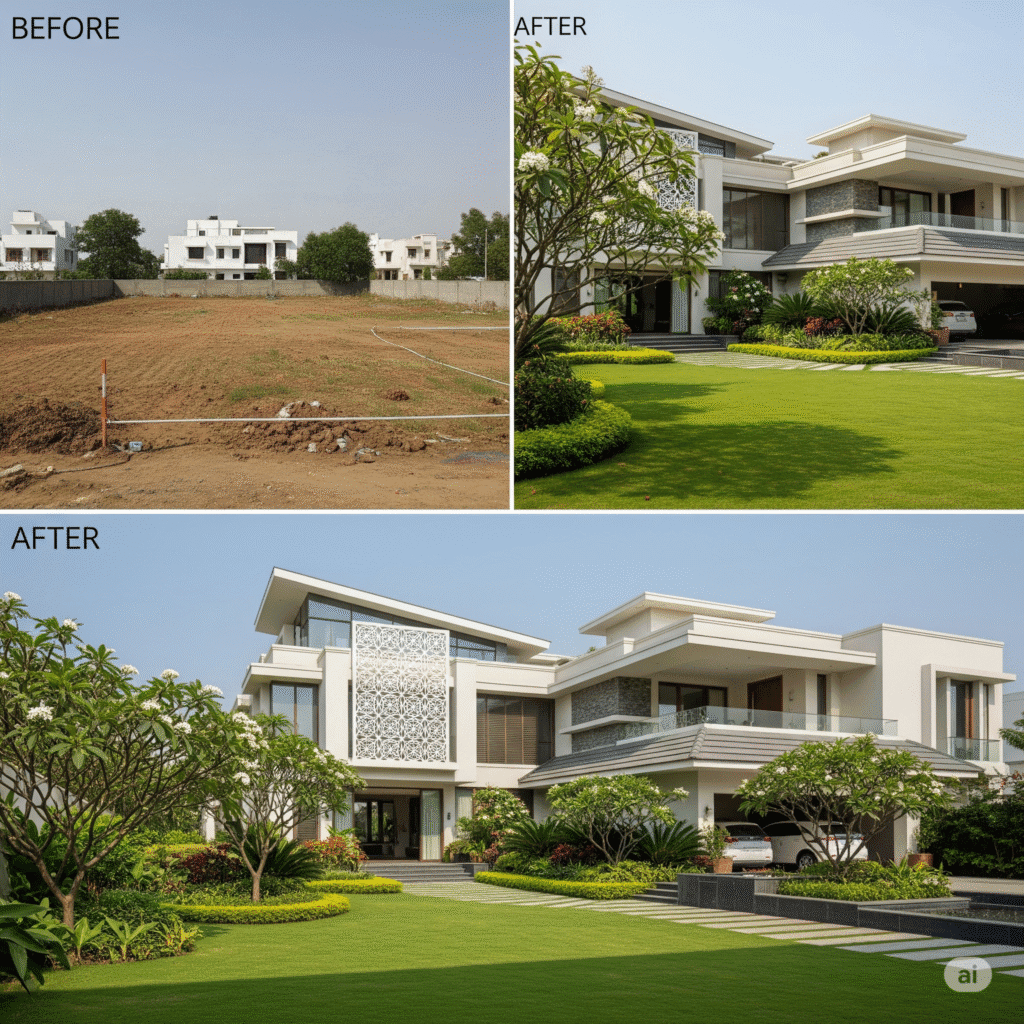
Challenges Faced & Solutions Implemented
RERA Compliance Verification
- Issue: Initial layout lacked RERA registration
- Solution: Negotiated with developer for RERA compliance within 6 months
- Outcome: Received RERA certificate with penalty clause protection
Metro Connectivity Uncertainty
- Issue: Proposed Metro Line 4 route was under review
- Solution: Analyzed alternative transportation corridors and BRTS expansion
- Outcome: Metro line approved with station 800m from plot
Soil Stability Concerns
- Issue: Black cotton soil presence requiring special foundation
- Solution: Conducted detailed soil testing and foundation design modification
- Outcome: Additional ₹2.5 lakhs investment yielded stable foundation
Implementation Timeline
Month 1-2: Legal verification and documentation Month 3: Technical assessments and soil testing Month 4: Financial arrangements and loan approval Month 5: Final negotiations and purchase completion Month 6: Construction planning and approvals
Results & Key Takeaways
Financial Performance:
- 73% appreciation in 5 years
- Rental yield potential: 6-8% annually
- Construction cost optimization: 15% savings through value engineering
Strategic Insights:
- Metro connectivity confirmation added ₹20 lakhs value
- RERA compliance prevented legal complications
- Soil testing investment prevented future foundation issues
- Early infrastructure development boosted property values
Lessons Learned:
- Patience in verification process yields better outcomes
- Professional consultation fees are worthwhile investments
- Future infrastructure projects significantly impact valuations
- Legal compliance prevents costly litigation
Risks & Mitigation Strategies
Legal and Regulatory Risks
Title Dispute Risks:
- Risk Factor: Fraudulent documents or disputed ownership
- Mitigation: 30-year title verification and legal opinion
- Insurance: Title insurance policies (₹50,000-1,00,000 premium)
- Monitoring: Regular legal status updates during purchase process
RERA Non-Compliance:
- Risk Factor: Investment in non-registered projects
- Mitigation: Mandatory RERA verification before payment
- Penalties: Potential 100% refund rights for buyers
- Timeline: Project completion delays and penalty clauses
Technical and Environmental Risks
Soil Stability Issues:
- Risk Factor: Expansive soils increasing foundation costs
- Mitigation: Comprehensive soil testing before purchase
- Cost Impact: 15-25% additional foundation expenses
- Design Solutions: Specialized foundation systems and materials
Groundwater Depletion:
- Risk Factor: Insufficient water availability for construction and habitation
- Mitigation: CGWA clearance verification and borewell feasibility
- Alternative Solutions: Rainwater harvesting and water recycling systems
- Monitoring: Regular groundwater level assessments
Financial and Market Risks
Market Volatility:
- Risk Factor: Property value fluctuations affecting investment returns
- Mitigation: Location diversification and long-term holding strategy
- Hedging: Rental income potential assessment
- Exit Strategy: Resale timeline and market cycle analysis
Construction Cost Overruns:
- Risk Factor: Material price inflation and labor cost increases
- Mitigation: Fixed-price contracts with reputable contractors
- Contingency Planning: 15-20% budget buffer for unforeseen expenses
- Quality Control: Regular monitoring and milestone-based payments
Visual Aids & Analysis Tools
Cost vs. Time Analysis Graph
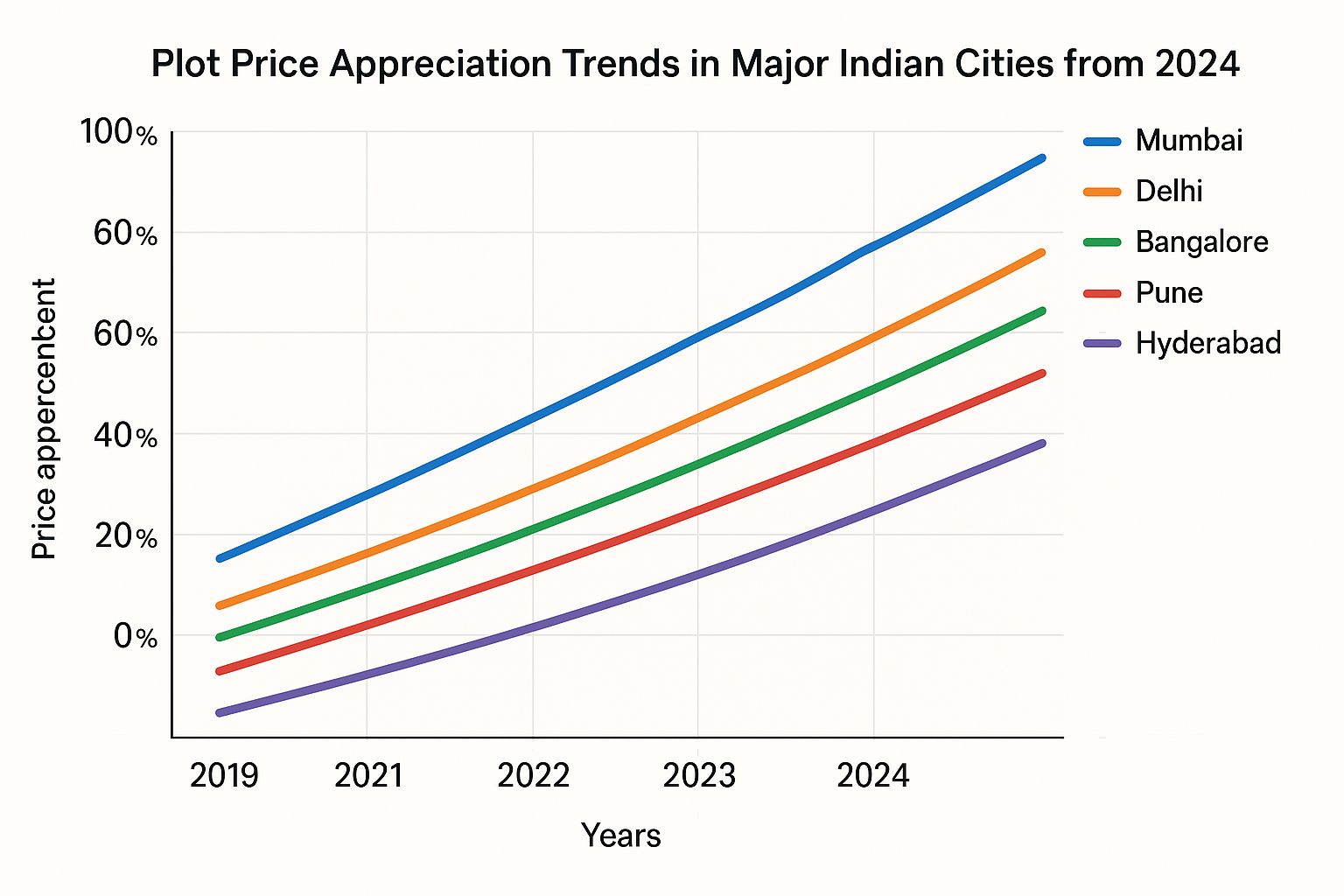
Legal Verification Flowchart
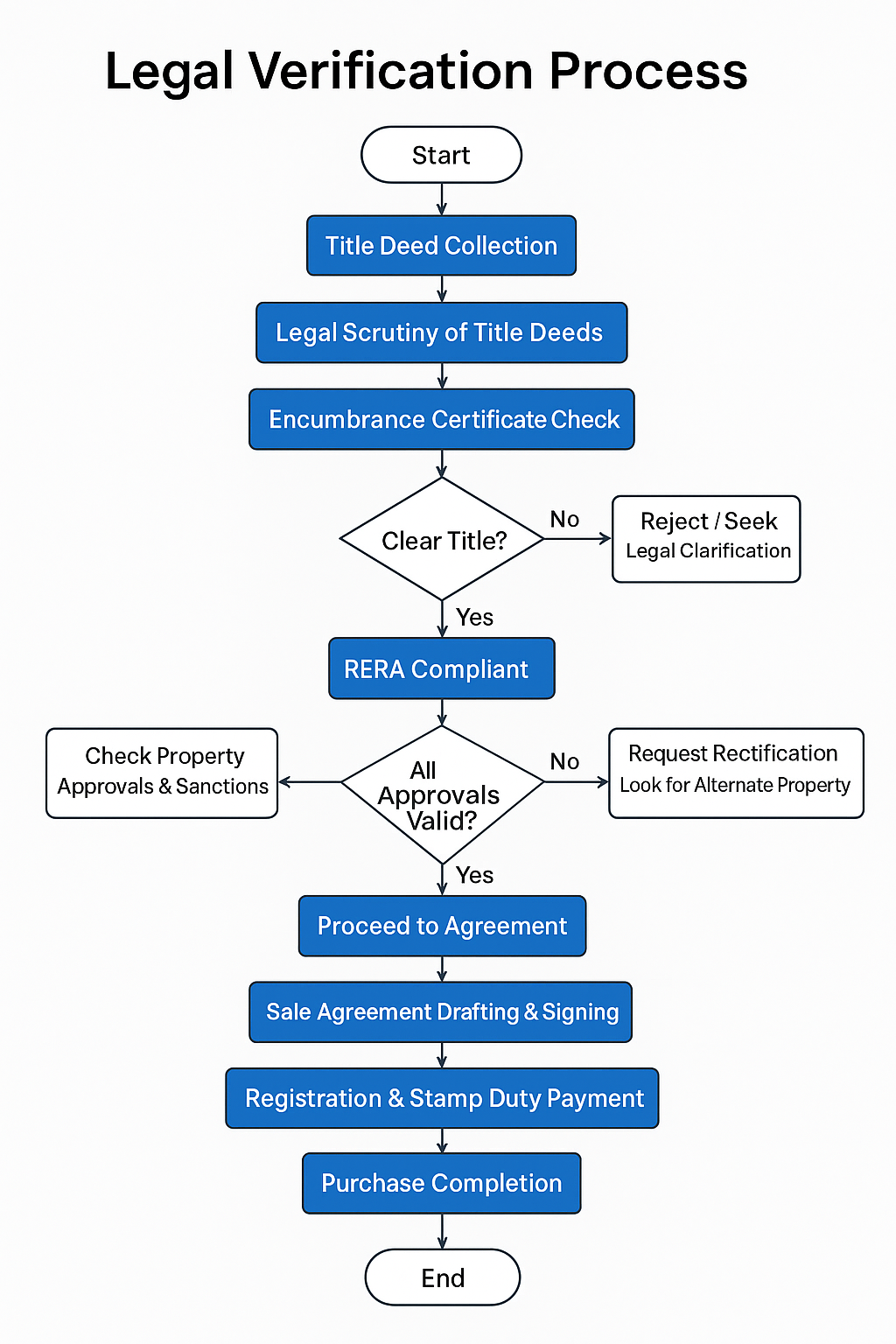
Location Scoring Matrix Table
| Factor | Weight | Scoring Criteria | Excellent (5) | Good (4) | Average (3) | Poor (2) | Critical (1) |
|---|---|---|---|---|---|---|---|
| Highway Access | 20% | Distance to National Highway | <2km | 2-5km | 5-10km | 10-15km | >15km |
| Metro Connectivity | 15% | Distance to Metro Station | <1km | 1-3km | 3-5km | 5-8km | >8km |
| School Proximity | 10% | Quality Schools within 2km | 5+ schools | 3-4 schools | 2 schools | 1 school | No schools |
| Hospital Access | 10% | Multi-specialty Hospital Distance | <2km | 2-5km | 5-8km | 8-12km | >12km |
| Employment Hubs | 15% | IT Parks/Industrial Areas | <5km | 5-10km | 10-15km | 15-25km | >25km |
Soil Testing Results Infographic
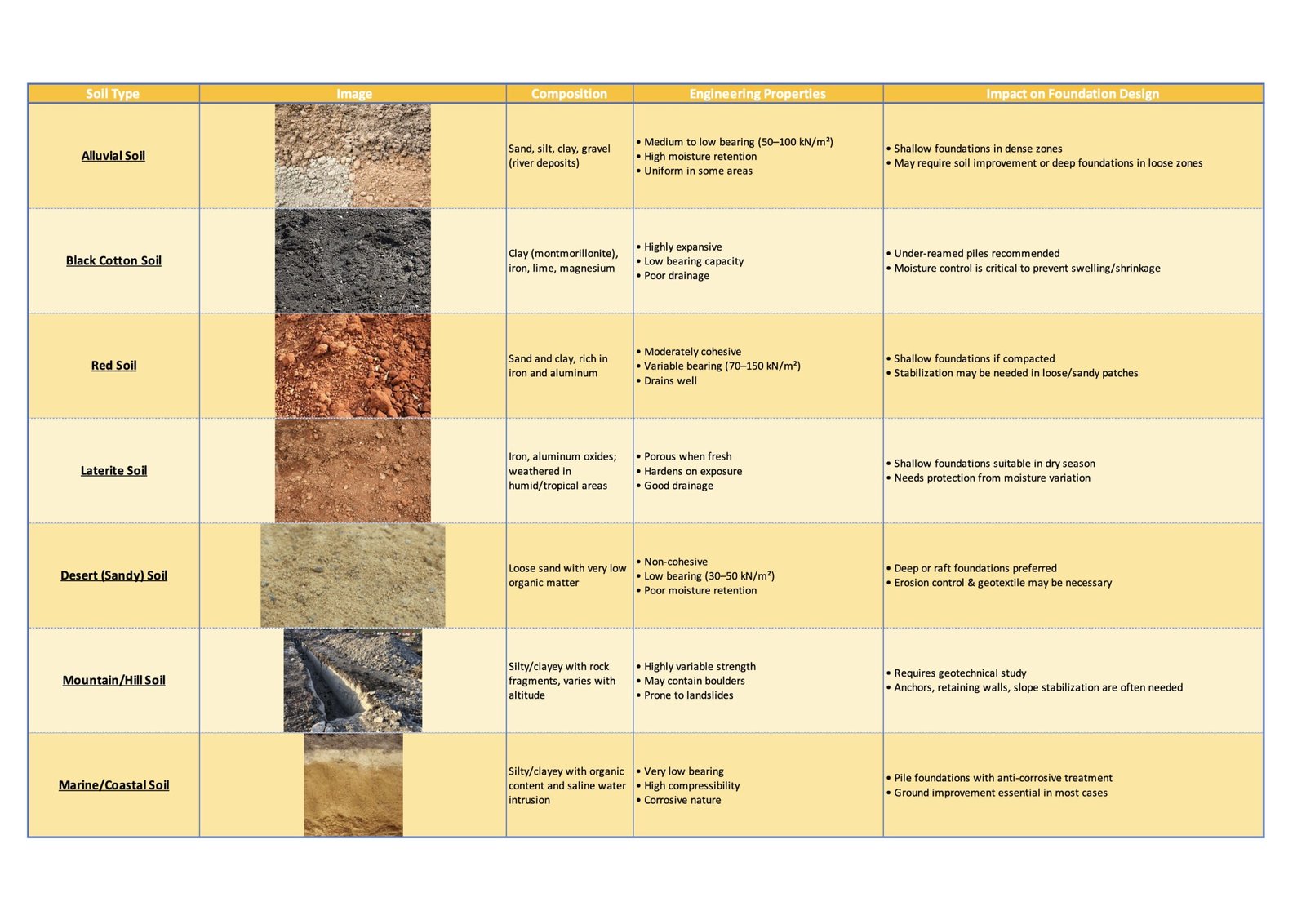
Infrastructure Development Timeline
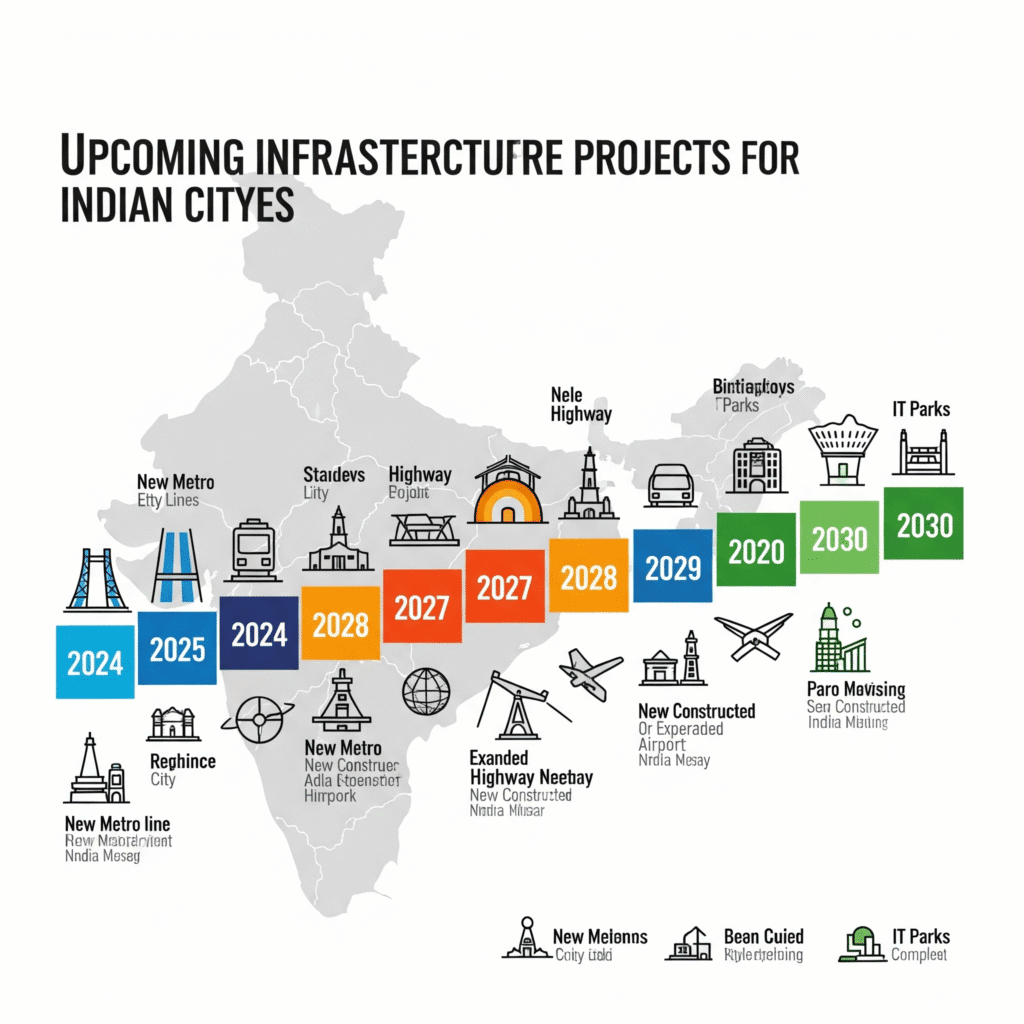
Conclusion & Further Reading
Choosing the right plot for your dream home requires a systematic approach combining legal diligence, technical assessment, and strategic financial planning. The key success factors include thorough documentation verification, professional consultation, and patience in the selection process.

Summary of Key Points:
- Legal verification prevents 90% of property disputes
- Technical assessments save 15-25% in construction costs
- Location analysis determines 60-70% of future appreciation
- Professional consultation fees represent <2% of total investment but prevent major risks
- RERA compliance is mandatory for new developments
- Soil testing is essential for foundation planning and cost estimation
Investment Success Metrics:
- Target 8-12% annual appreciation in well-selected plots
- Rental yield potential of 6-10% in good locations
- Construction cost optimization through proper planning
- Legal compliance ensures smooth resale transactions
Risk Management Priorities:
- Never compromise on legal verification
- Conduct soil testing before purchase
- Verify all government approvals and NOCs
- Maintain 20% financial buffer for unforeseen expenses
- Consider professional indemnity insurance for advisors
Future Considerations:
- Climate change impact on plot selection
- Smart city initiatives and technology integration
- Sustainable development norms and green building requirements
- Demographic shifts and urbanization patterns
- Government policy changes affecting real estate
Internal Links for Further Reading:
- Complete Guide to Home Construction in India
- RERA Compliance Checklist for Homebuyers
- Soil Testing Procedures and Cost Analysis
- Metro Connectivity Impact on Property Values
- Legal Documentation for Property Purchase
Outbound Links and Resources:
- Ministry of Housing and Urban Affairs – Government of India
- Real Estate Regulatory Authority (RERA) Portal
- Central Ground Water Authority
- National Highways Authority of India
- Bureau of Indian Standards – Construction Codes
